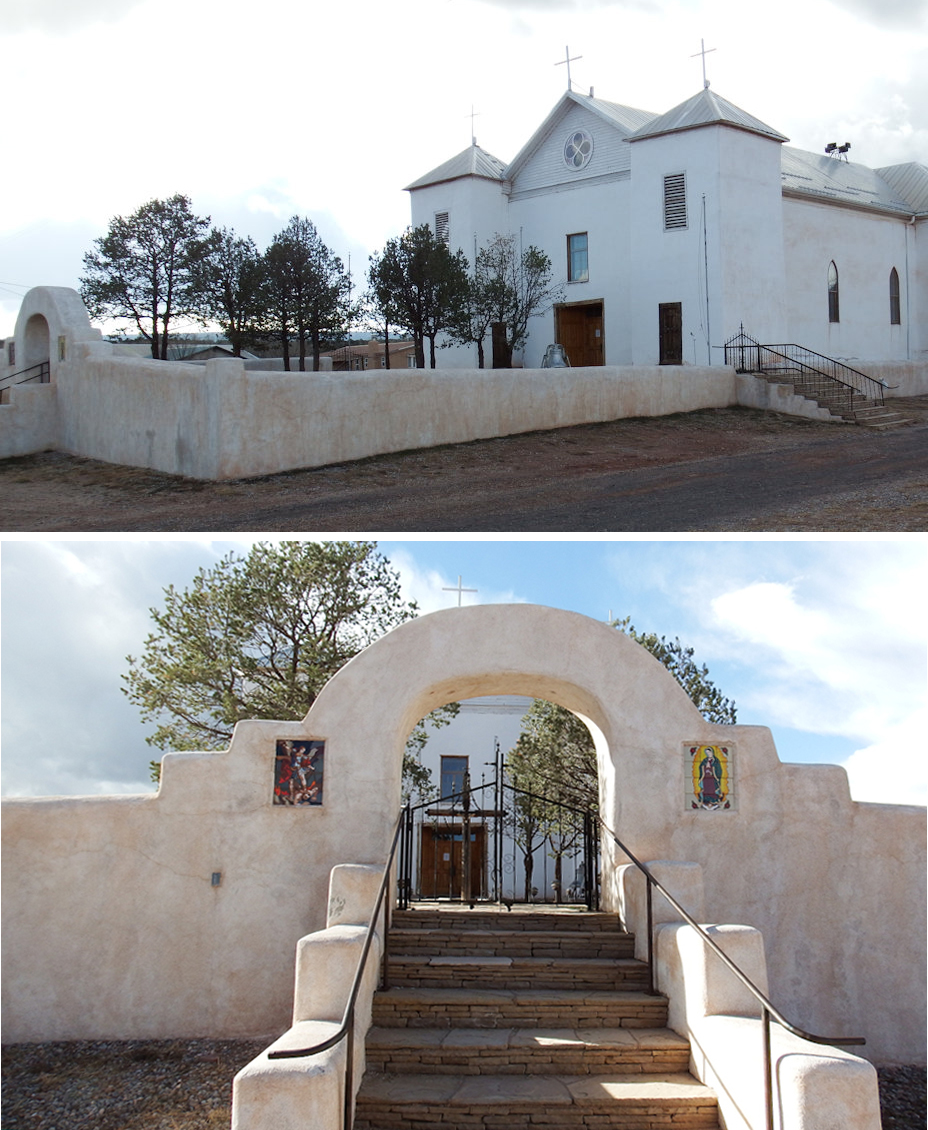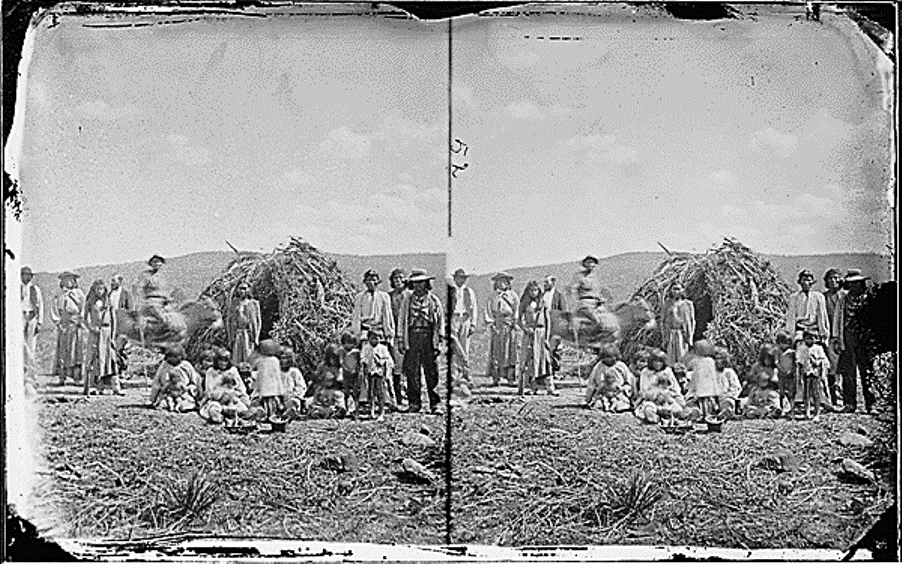Old Bookaroo
Silver Member
Hello Bookaroo so fantastic stuff as always.
As we can see the details in some of the later versions vary considerably.
It is good question you ask? Was it possible for Apache to make silver bullets? Well considering the Apache was displaced plains Indians that moved into south west fleeing white encroachment in their territories. In essence their culture was hunter and gathering society. There is encounter with white population gave them access to many things. For example the Spanish brought horses.
As the Apache fled south West they encountered other Indian tribes that grew corn , baked pots and from earlier encounters was exposed to metal working that was done in pre Columbian Mexico.
The Spanish has been making inroads into Arizona. The earliest written record of a significant milling operation in Arizona was for gold and silver at the Lon-goreiia mine (aka. Longuerino or Longerena) in Fraquita Wash near Arivaca (or Aribac) in 1763.
Some antigua evidence remains from these early operations: several large arrastra sites, charcoal ovens and traces of crude
mercury retorts.
What little mining and ore processing as was done in
the 1700's and 1800's was performed by the Indian converts of the Catholic Church.
After the Jesuit expulsion in 1767, another Spanish
government report dated 1774 mentions a rich silver mine
at Aribac. The property was again active in 1857 when
a 20-stamp mill ran intermittently for a few years prior
to the Civil War.
Arizona was full of native silver which is soft. The early pioneers did not need a blast furnace to melt native silver. Small furnace was make by iron age people in Europe which was done with very simple things ready at hand.
The melting point of raw native silver 960.8 C Iron Ore melts at 15860 C. A Furnace made of clay and sticks using firewood can melt and produce iron ore. So native silver heated in A Clay furnace could easily melt in the pure, free elemental form ("native silver")
These furnaces cane be made anywhere. as long as there is clay wood and water and fire.
primitive draught furnace
And here is another clay furnace this technology could off been easily available to local native Indian population to make silver bullets. It does not however prove that Apache made silver bullets or even fired them? As for as we know the stories of Indians firing silver bullets could of just been exaggeration? But it does show it was not impossible.
Here is another furnace made from clay. Utterly fascinating to watch. this was getting temperature to melt iron. So for silver there was more than enough heat. bullets could be made with bullet pressed in wet clay leaving an impression then pour the molten silver into them.
So not by no meaning impossible to do? If the Apache had been firing silver bullets? I was suspect it obtained from through barter from other Indian tribes that had exposure to early Spanish miners who knew how to smelt silver.
Interesting stuff all the same.
Here is an ash lined furnace. Just incredible to watch.
Primitive clay ash furnace
Crow
Crow - As always, you are too kind. Your good words mean a great deal to me. Thank you!
I certainly appreciate your good information and it provides considerable food for thought.
Regarding the Dr. Thorne, there will be another post from the mid-1920's that agrees with this one in every important particular. For my money, the two of them answer the question "Why hasn't this fabulous location been found?" Of course, others won't agree - but that's what these campfire conversations are all about.
There are still some missing pieces. Blair references a handful of newspaper articles I'd like to read. After all, the stories of the two main search expeditions are quite entertaining. But at this point, I think we can put this one to bed for a well-deserved rest.
Good luck to all,
The Old Bookaroo








